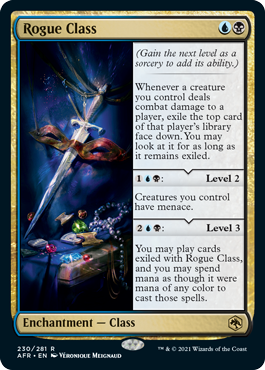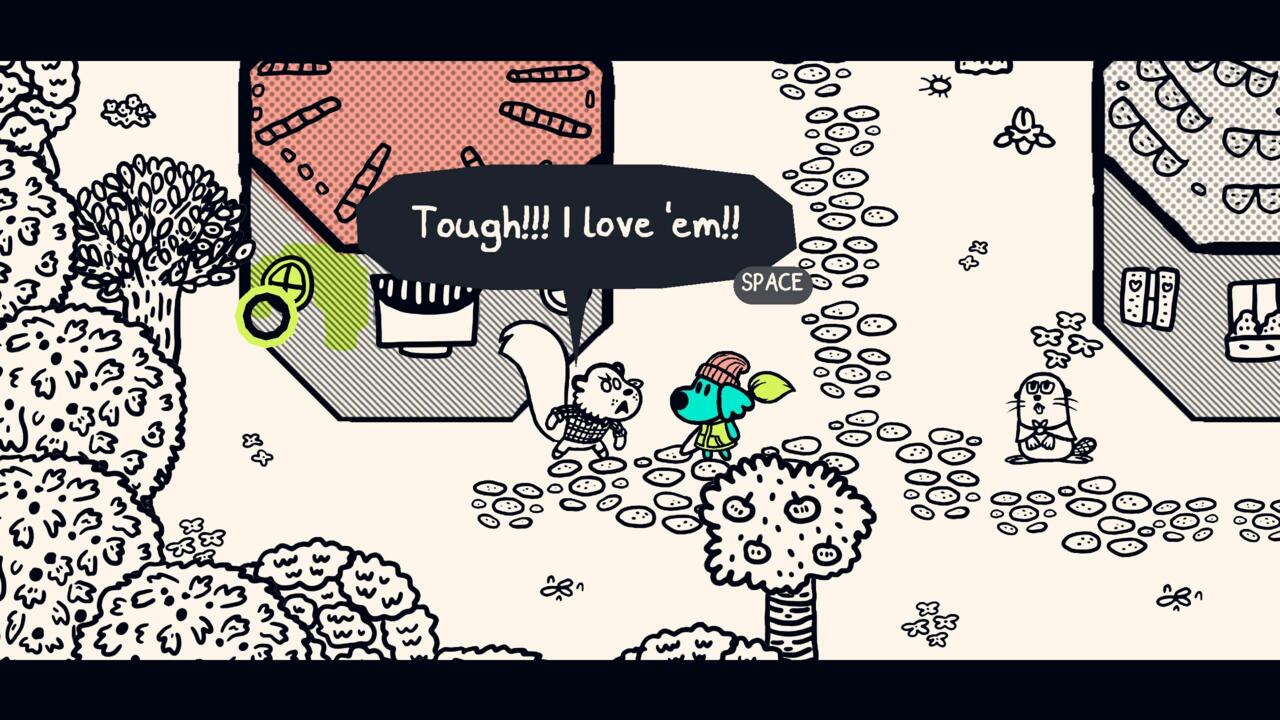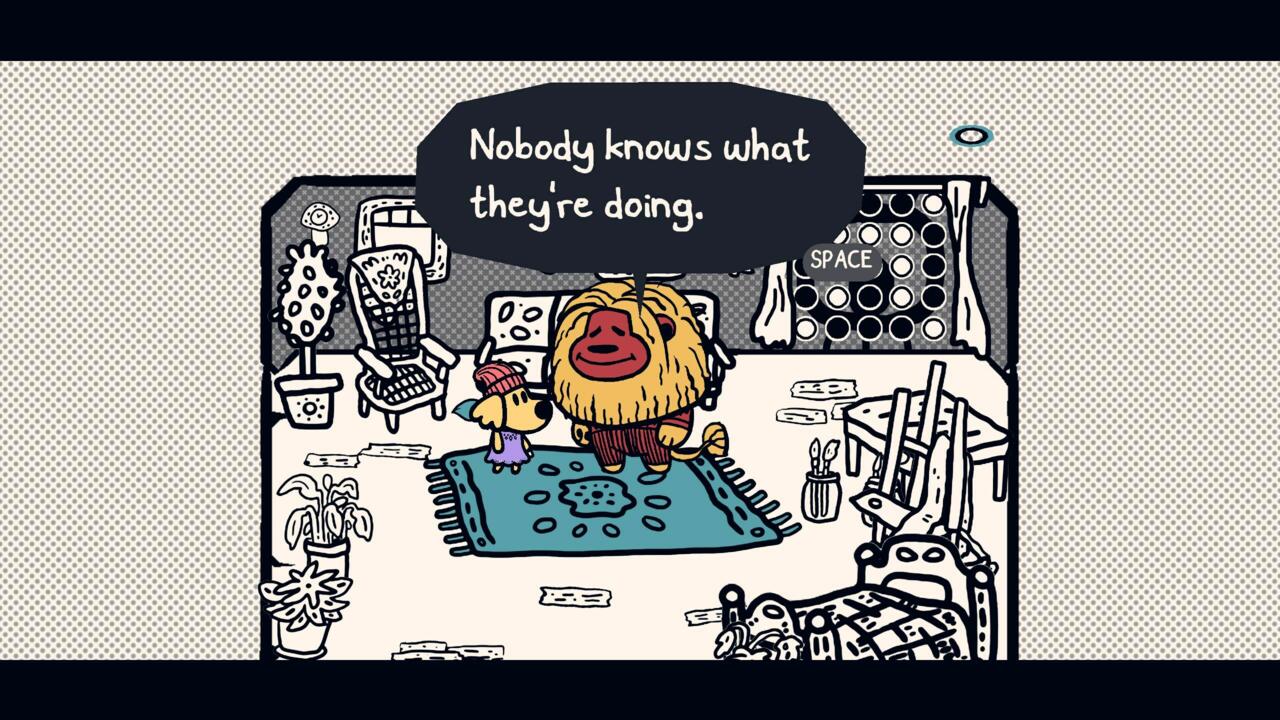Like life, death, and taxes, the announcement of a show cancelation comes with pleas and hashtags on Twitter asking Netflix to “save” the show.
There’s a reason for this: For a lengthy minute in the mid-2010s, Netflix did seem to become a savior of sorts. Arrested Development was brought back, The Killing and Longmire were given a second shot after their respective networks brought down the hatchet, and Gilmore Girls found a new life with the streamer.
Lucifer and Designated Survivor were the last major shows that Netflix saved — back in 2018. Three years have gone by, and since then, Netflix has publicly shifted from savior to executioner extraordinaire. Headlines are more likely now to count the number of one-season shows Netflix has canceled and fan fury over their new favorite show being ripped away.
Most people want to know what happened. How could Netflix go from being the entertainment world’s savior to breaking hearts every other month?
[widget path=”global/article/imagegallery” parameters=”slug=lucifer-season-5-part-2-images&captions=true”]
Back in 2017, I wrote that Netflix was starting to act more like a network because it was canceling shows. No one can just purchase unlimited series forever and have every show be a hit and become a healthy return on investment. Netflix was also, however, ordering more original series than ever before. Contrary to popular belief, Netflix doesn’t cancel more than anyone else — but Netflix doesn’t have a pilot process, and Netflix also orders more than most networks. Since Sense8’s cancelation, Netflix has increased its number of exclusive TV shows around the world exponentially, seemingly debuting something new every single week.
Within the span of about six years, Netflix went from being a streaming service that needed any show with a built-in fan base, to bring in subscribers and build up its library offering, to creating a plethora of new favorites across several genres.
Netflix, just like other networks, doesn’t make massive business decisions based on a hashtag campaign from fans. Despite some views, Netflix has never existed to save shows that networks toss, and Netflix certainly isn’t trying to foster what others don’t want. Netflix is trying to move forward, with executives trying to figure out what the next hit is. That means ignoring shows that haven’t worked — even when passionate fan campaigns spring up. Twitter hashtags don’t necessarily translate to good business moves.
No, Netflix isn’t a savior anymore. It hasn’t been for a while. To understand when and why everything changed, there are three factors we have to consider:
-
What Netflix needed when it first launched
-
What Netflix is trying to do next
-
The reality of television’s current moment
[ignvideo url=”https://www.ign.com/videos/2013/10/12/arrested-development-to-be-a-netflix-movie-ny-comic-con-2013″]
We Need Content
When Netflix first launched its streaming service option back in 2007, it didn’t have much to claim for its own. Netflix was entirely reliant on carrying library content from its media partners at various networks and studios. It was, at one time, seemingly beneficial for both parties. Netflix was able to give subscribers a truckload of content for a low price and networks started seeing the “Netflix Effect” kick in, building new fans who might turn out for a new season of a show they got the chance to binge on Netflix.
“We came back so strong that second season, because of the binging that was going on the first,” Pedowitz said of Riverdale’s success back in 2017, as reported by IndieWire. “The key for us, when that happens, is to try to bring them back into the in-season, and remembering that it’s a CW show, and that they’re more than welcome and they can watch all the original episodes throughout the year.”
It’s also a point that Ted Sarandos, Netflix’s then chief content officer and current co-CEO, has pointed out in many interviews going as far back as 2013 when Netflix first got into the originals game. Breaking Bad found its audience thanks to Netflix (or, at least, according to Sarandos and co.), and CW shows like True American potentially hit new levels of awareness because of Netflix’s 200 million subscriber base.
Not long after Netflix’s success and impact started to grow, executives began to realize those same networks would like to keep things in-house. Why should Netflix get to profit off building a platform with a growing, recurring subscriber base based on their shows? Netflix started getting into more originals, but building up that library of content takes time. Trying to build up a loyal fan base takes even longer. Hence, one of Netflix’s first big “saves”: Arrested Development.
[ignvideo url=”https://www.ign.com/videos/2017/12/04/netflix-confirms-house-of-cards-final-season-will-not-include-kevin-spacey”]
Arrested Development developed a cult following when it aired on Fox in the early ‘00s, but its ratings never reached the point for the network to continue carrying it year after year. Three seasons in, Fox canceled the show. This was pre-internet, pre-social media, and pre-streaming.
It was a comedy that found its success through memes and new technologies — a world that Netflix knew better than almost anyone. Netflix “saved” the show, using the library of episodes to ensure people could return to watch again and again while also waiting for the next season. A new season would get them in the door, old seasons would keep them coming back.
During an earnings call in April 2013, back when Netflix had less than 50 million subscribers, co-CEO Reed Hastings predicted Arrested Development’s arrival on the service would be an “absolutely spectacular phenomenon.” A study from BTIG Research that same year found that 86% of Arrested Development fans surveyed subscribed to Netflix, and “half of the others said they probably would sign up to watch the show,” according to the New York Times.
It worked well enough for Netflix (even with the poor reviews) to keep making those bets. The Killing, Gilmore Girls, Longmire, Designated Survivor, and Lucifer all found new blood on Netflix. They were rebranded as Netflix Originals or first-run series, and came up alongside a plethora of new shows that Netflix ordered to make its mark — House of Cards, Orange Is the New Black, Bojack Horseman, Stranger Things, The Witcher, and dozens upon dozens more.
“The more successful we get, the more anxious I get about the willingness of the networks to license their stuff to us,” Sarandos told Variety in 2017.
[widget path=”global/article/imagegallery” parameters=”slug=netflix-spotlight-july-2021&captions=true”]
For all the differences that streaming and broadcast or cable television have, the core similarity is that success is still dependent on carrying hit shows that people want to watch. For a long time at Netflix, this meant relying on carrying those shows (Friends, The Office, NCIS) in one place while taking bets on reviving others to claim as Netflix originals. As Netflix has built out its own original programming slate, however, both domestically and internationally, the need to buy others’ content isn’t as necessary.
Trying to determine what shows to save became a question about what Netflix needed its future to look like, not titles that could help pad out the platform. Netflix no longer has less than 50 million subscribers. It’s about to hit around 210 million. There are shows being licensed in countries around the world, and Netflix didn’t need to save a fantasy epic if it could make The Witcher.
If Lucifer was the last series Netflix saved, it’s a good place to start to understand how Netflix executives are thinking about what to potentially save and what to pass on going forward.
[ignvideo url=”https://www.ign.com/videos/2018/06/15/netflix-saves-lucifer”]
Ownership Everywhere Is Everything
Netflix is a global company. Its originals need to be available in almost every country the company operates in. Its originals need to be exclusive in every country.
“The international audience for the show drove our interest to bring [it] to the world as a Netflix original,” Bajaria told TV Insider when Netflix saved Designated Survivor in 2018.
There are still some issues Netflix faces from time to time, even when looking at shows worth picking up. Lucifer was a Fox show that was canceled after its third season. Netflix picked it up, and produced two subsequent seasons. Despite those seasons being produced by Netflix, the show plays exclusively on Amazon Prime Video in Germany, for example, because of rights issues. That includes the fourth and fifth season wholly created and produced by Netflix. So why did Netflix pick up Lucifer in 2018?
There’s one key point to keep in mind: Netflix’s team lives and breathes data. Although Lucifer didn’t become a Netflix first run series until 2018, the company carried the show internationally for Fox. It seemingly performed exceptionally well. Netflix could see that, and so could other interested buyers, like Amazon, who carried the show in the UK. After Fox canceled the show, Amazon and Netflix bid on it, seemingly understanding that the show’s built-in fan base, procedural structure, and franchise potential was enough to make a bet.
But Netflix executives only made the bet after carrying the show for a few years, and seeing how well it played for their subscribers.
[ignvideo url=”https://www.ign.com/videos/2019/12/09/manifest-exclusive-season-2-trailer-2020-melissa-roxburgh-josh-dallas”]
“With distributors licensing to Netflix internationally less, that could be a key contributor to why they aren’t reviving more shows,” Kasey Moore, editor-in-chief of What’s on Netflix and a key analyst in the space, told IGN.
The biggest question Netflix executives have to ask their teams is whether or not saving a show will produce a long term return on investment. Take a show like Good Girls, which Netflix helped to produce, effectively helping to offset and lower production costs Universal TV and NBC would have faced. As such, Netflix reserved global distribution and streaming rights. Full control. It’s what Sarandos wants with any show.
But Netflix didn’t pick up the show for renewal when NBC decided to cancel it (the show’s ratings were never great on broadcast TV). There were reports that Netflix might have had to pick up even more costs if it became a first-run series instead of splitting payments with NBC, and Netflix’s new TV chief, Bela Bajaria, is being more selective with which shows get “saved.”
Even if Good Girls played decently for a minute on Netflix in the US, Bajaria and her team didn’t see enough of a future for the show or a return on investment for what it would cost to save it — despite financing it for several years with NBC. As the Hollywood Reporter noted, Netflix has “continued to be more selective when it comes to reviving canceled broadcast series,” adding that executives passed on “saving” Manifest following its second season airing on TV.
Netflix needs hits. It needs to own those hits. It needs to own those hits everywhere, forever. And if Netflix needs to focus on building franchises, Netflix doesn’t need the pilots that Fox or NBC passed on originally.
Netflix doesn’t need content anymore; it has more than enough. But Netflix does need shows that will compete with the hundreds of other series popping up on competing streamers. Even from a simple business standpoint, hit shows reduce churn (the number of customers canceling), and reduced churn means price increases are accepted, and that leads to higher revenue for Netflix to buy more potential hits. This requires getting rid of — and not risking buying — duds.
For all the hashtag campaigns trying to get Netflix to save shows, the reality is that Netflix doesn’t need to be home to every orphaned series anymore. It needs to play house to the world’s next big franchise.
[widget path=”global/article/imagegallery” parameters=”slug=netflixs-the-witcher-season-2-teaser-easter-eggs-and-references&captions=true”]
Everything Is Different
The landscape Netflix exists in right now is different from the one that existed five years ago.
Various networks and studios Netflix licensed from or worked with on exclusive deals now have their own streaming services. NBCUniversal has Peacock. Warner Bros. has HBO Max. Disney and ABC have Hulu and Disney+.
This means that more often than not Netflix is left with networks’ drecks. Even the series that executives might want could potentially end up on Peacock or HBO Max after five years as part of a deal.
As Moore pointed out to me, “Will Warner Bros. stipulate that Netflix will only have the show for X-number of years before it definitely comes back to HBO Max?” Another way of putting it: Will Warner Bros. (or whomever) get Netflix to “pay for it all and reap the rewards down the line,” Moore added.
The answer is Netflix simply won’t. It doesn’t make sense for Netflix to effectively pay for someone else’s show to be a success on another platform down the line. That’s why Netflix is looking into adapting known IP (The Witcher, Resident Evil, Sonic the Hedgehog), global programming opportunities (Money Heist is one of the streaming platform’s most popular shows), and reality programming (Too Hot to Handle, The Circle).
Netflix is still undergoing somewhat of an identity crisis, trying to figure out how to be something for everyone (a move that has led creatives to lambast Netflix’s middle of the road approach as CBS-like) while also still trying to be the HBO of tomorrow.
“We have returning seasons of big, crowd-pleasing shows,” Bajaria told Variety earlier this year. “Looking at The Witcher coming back and La Casa del Papel, Never Have I Ever, You — we have huge important shows coming back that we’re excited about.”
What Bajaria did not say, or talk about, was trying to save more shows — in fact, it’s something Bajaria seemingly wants to do less of going forward. The television industry’s dynamics have changed so much over the last decade that what happened between 2011 and 2015 was a completely different Netflix than the one heading into 2022 and beyond. Netflix used to be considered a savior because it just needed shows. Sure, Netflix will continue to keep an eye out for series it thinks might work globally on Netflix, based on data it has, that Fox or NBC or ABC don’t want. It will probably still save a show or two in the future.
But Netflix isn’t your savior anymore. It hasn’t been for a while. That’s not a bad thing. It’s a sign of Netflix’s growth, and executives’ understanding that what they need to succeed and exceed all expectations isn’t someone else’s leftovers.


